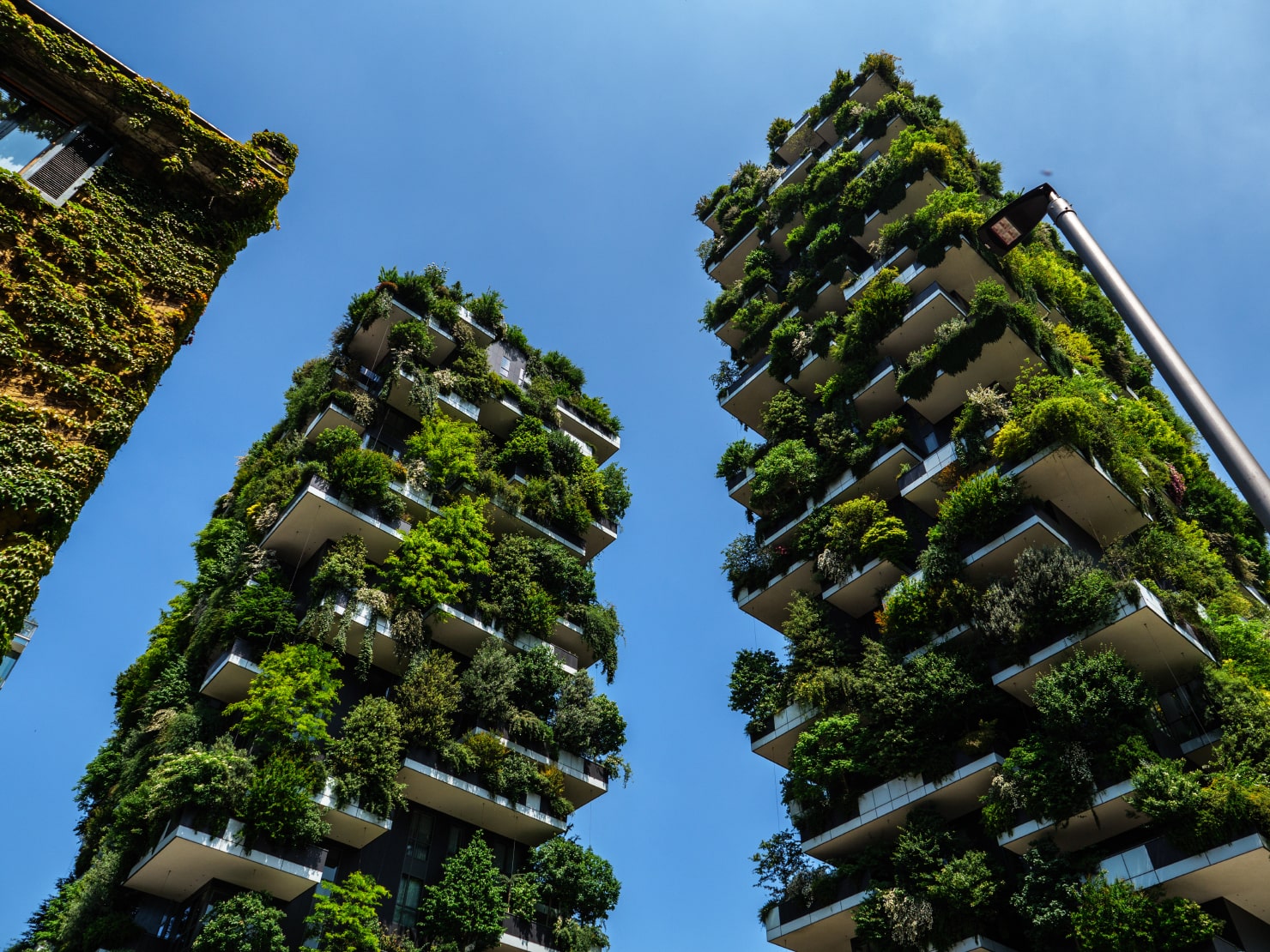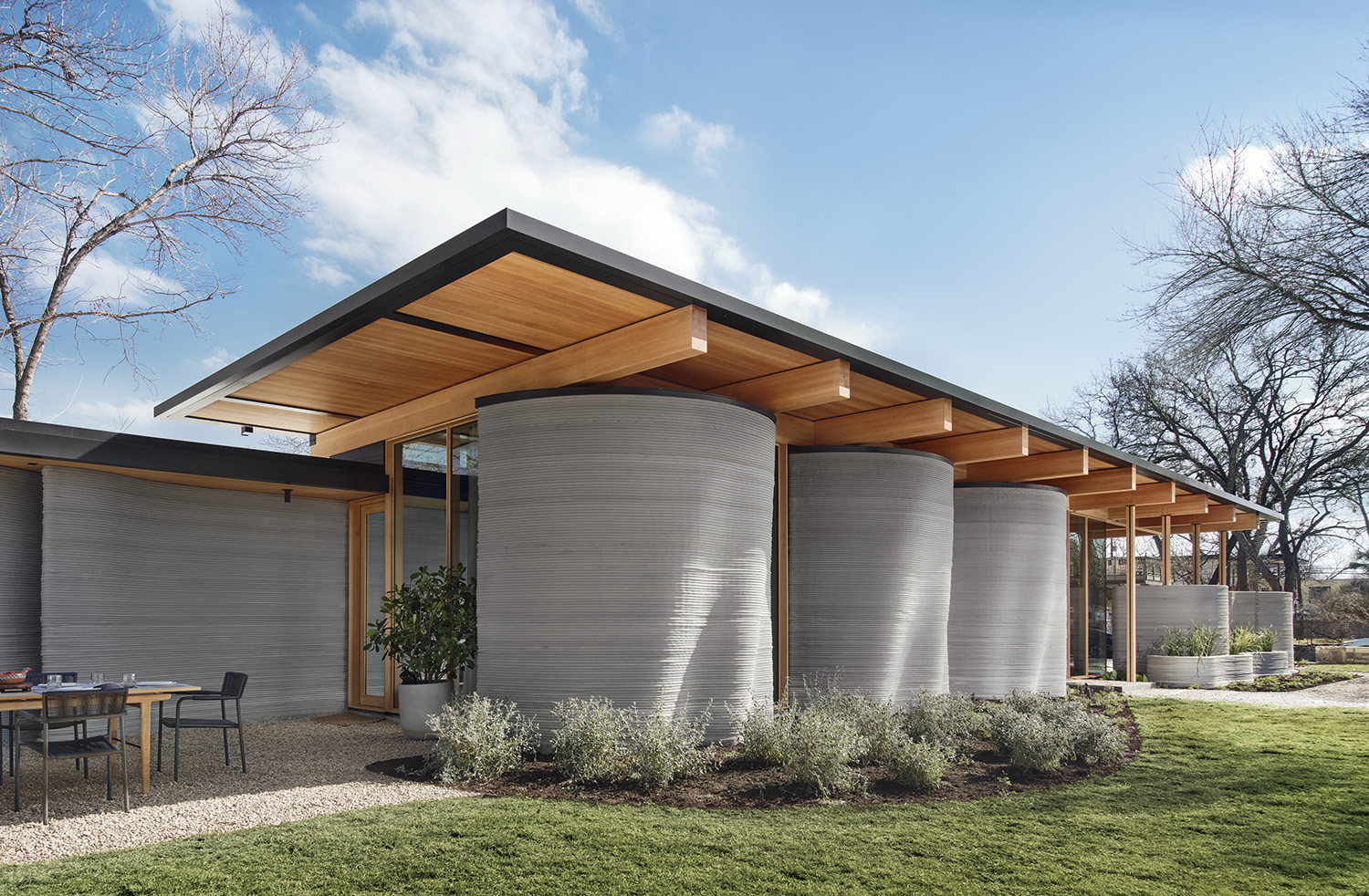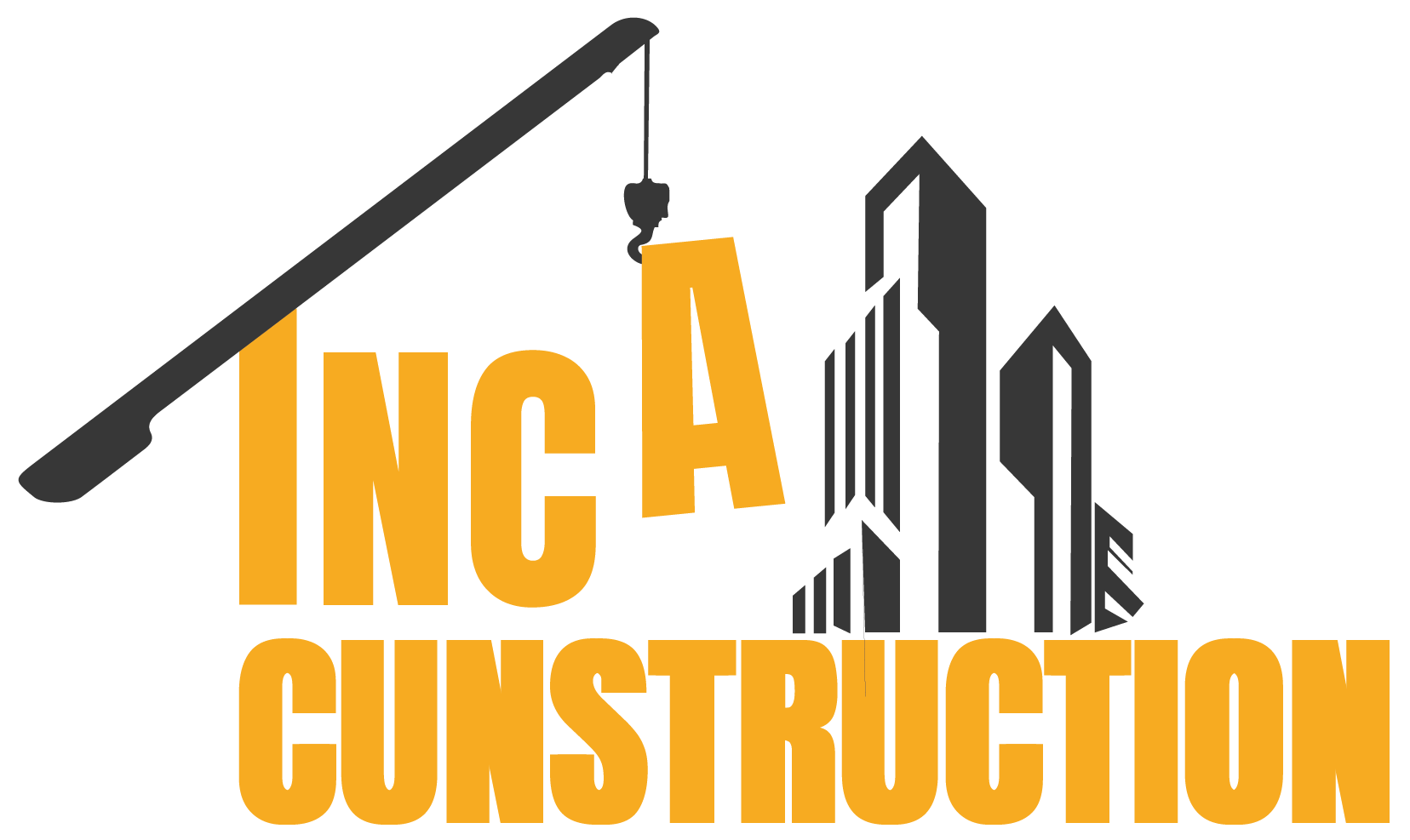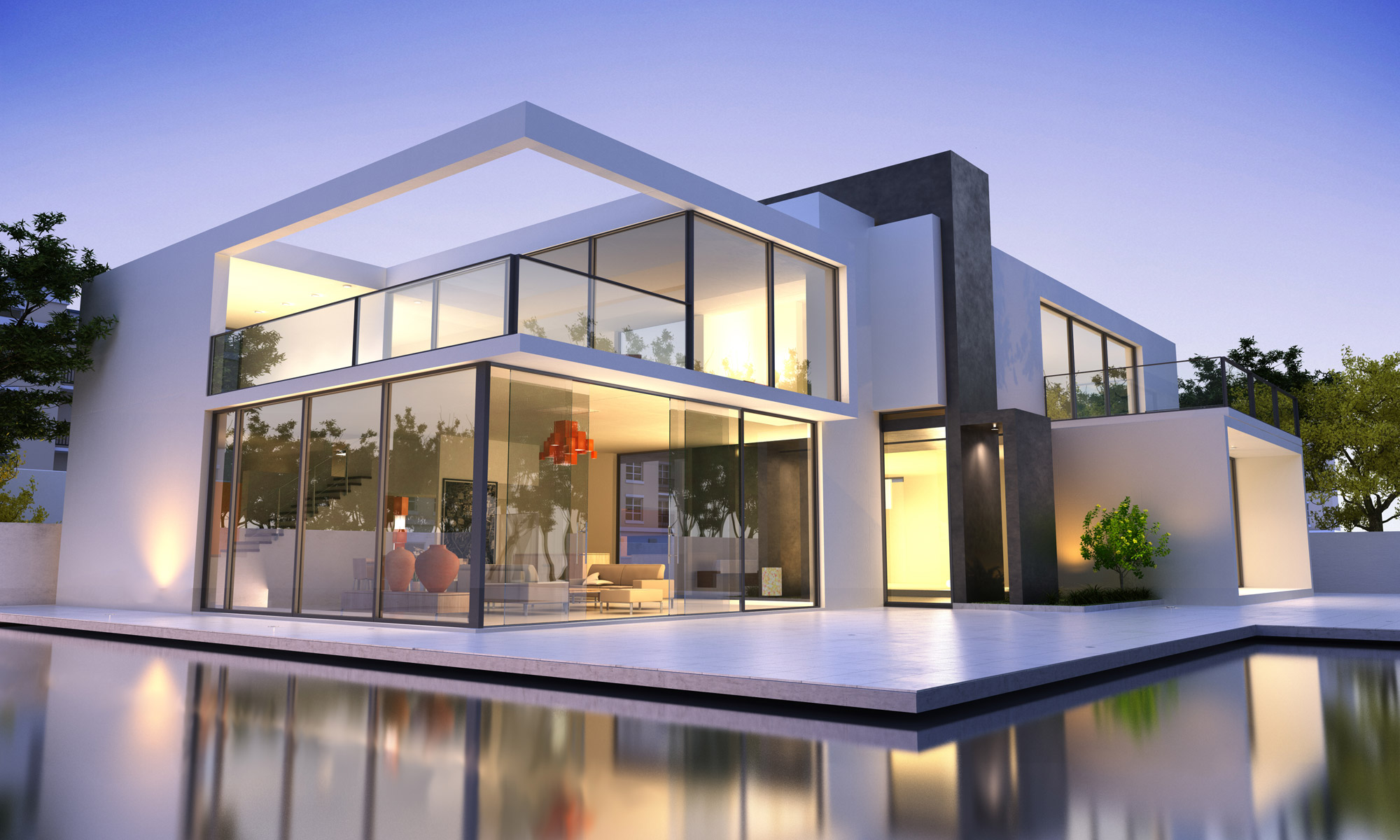Architecture plays a critical role in shaping our physical environment, influencing everything from the aesthetics of buildings to how we interact with urban spaces. As cities grow, technology advances, and sustainability becomes increasingly important, architectural design trends are evolving to meet the challenges of the 21st century. These trends not only reflect changing societal needs but also offer innovative solutions that can make our built environments more efficient, sustainable, and user-friendly.
In this article, we’ll explore the key architectural design trends that are shaping the future of buildings and urban spaces, highlighting how these trends address current challenges and provide new opportunities for architectural innovation.
1. Sustainability and Green Building Design

As concerns over climate change and environmental degradation intensify, sustainability has become one of the central themes in modern architecture. Architects and designers are increasingly focused on creating energy-efficient buildings that minimize environmental impact and promote resource conservation.
Key Sustainable Design Elements:
-
Energy-Efficient Buildings: Buildings are being designed to use less energy by incorporating technologies like solar panels, high-performance insulation, smart HVAC systems, and energy-efficient windows. Passive house standards, which aim for ultra-low energy consumption, are becoming more prevalent.
-
Green Roofs and Walls: Green roofs and vertical gardens are being incorporated into both residential and commercial designs. These features not only enhance the aesthetic appeal of buildings but also help improve air quality, manage stormwater, and reduce urban heat islands.
-
Recycled and Renewable Materials: Sustainable buildings are using recycled materials like reclaimed wood, repurposed metal, and sustainable building products. Additionally, there is a growing emphasis on biodegradable materials and locally sourced materials to reduce the carbon footprint of construction.
-
Water Conservation: Sustainable arsitektur focuses on water conservation through rainwater harvesting systems, low-flow plumbing fixtures, and sustainable landscaping that requires minimal irrigation.
Future Trends:

- Net-Zero Buildings: The goal of designing buildings that produce as much energy as they consume is gaining momentum. Future buildings will incorporate energy-efficient systems, renewable energy sources, and passive design strategies to achieve net-zero energy consumption.
- Regenerative Architecture: This approach goes beyond sustainability to actively restore ecosystems and improve the environment. It involves designing buildings that not only minimize harm but actually contribute positively to the environment.
2. Smart Buildings and Technology Integration
The integration of technology into architecture is revolutionizing how we design and use buildings. Smart buildings use sensors, automation, and data analytics to enhance comfort, efficiency, and safety.
Key Features of Smart Buildings:
-
Internet of Things (IoT): IoT-enabled devices allow for real-time monitoring of building systems such as lighting, temperature, security, and energy use. For example, occupancy sensors can adjust lighting and HVAC systems based on the number of people in a room, optimizing energy use.
-
Automation: Smart buildings incorporate automated systems that control lighting, temperature, and even window shading, making it easier to maintain comfort and reduce energy consumption.
-
Enhanced Security: With integrated security systems like facial recognition, smart locks, and surveillance cameras, buildings are becoming safer and more secure.
Future Trends:
- AI and Machine Learning: Artificial intelligence (AI) will increasingly be used to optimize building performance. For instance, machine learning algorithms can predict maintenance needs or adjust energy consumption based on patterns of use, making buildings more efficient over time.
- Virtual and Augmented Reality (VR/AR): These technologies are transforming the way architects and designers visualize and plan buildings. VR and AR are being used for virtual walkthroughs and to simulate how a space will look and feel before construction begins.
3. Biophilic Design: Connecting People to Nature
Biophilic design is a growing trend that seeks to reconnect people with nature through design elements that promote well-being and productivity. This approach incorporates natural elements, materials, and lighting into buildings to create a calming, restorative environment.
Key Features of Biophilic Design:
-
Natural Lighting: Maximizing natural light through larger windows, skylights, and open spaces helps improve mood and well-being. Light has a significant impact on productivity and mental health.
-
Indoor Plants and Greenery: The use of plants in interiors is a key component of biophilic design. Green walls, potted plants, and even indoor gardens enhance the indoor environment, reducing stress and improving air quality.
-
Natural Materials: The use of natural materials like wood, stone, and bamboo not only creates aesthetically pleasing spaces but also promotes a sense of warmth and tranquility. These materials connect the built environment to the natural world.
Future Trends:
- Nature-Inspired Architecture: Future buildings will increasingly incorporate elements of nature not just for aesthetic value but as a means to enhance the health and well-being of occupants. Buildings will include natural patterns, textures, and forms inspired by the natural world.
- Green Urban Spaces: Cities are embracing the concept of integrating nature into urban landscapes. Parks, green roofs, and public spaces with greenery are becoming vital parts of city planning, providing urban dwellers with accessible green spaces.
4. Modular and Prefabricated Construction
Modular and prefabricated construction methods are revolutionizing how buildings are designed and constructed. These techniques offer numerous benefits, including faster construction times, cost savings, and reduced environmental impact.
Key Features of Modular and Prefabricated Construction:
-
Off-Site Construction: In modular construction, components of a building are built in a factory setting and then assembled on-site. This reduces construction time, minimizes waste, and ensures higher quality control.
-
Cost-Effectiveness: Prefabricated buildings often cost less to construct because they streamline the building process and reduce labor costs.
-
Flexibility and Scalability: Modular buildings are highly adaptable, making them ideal for temporary structures, such as pop-up shops or emergency housing.
Future Trends:
- 3D-Printed Buildings: The advent of 3D printing is poised to revolutionize construction. 3D-printed homes and buildings allow for highly customizable designs and materials, and they can reduce waste and cost.
- Sustainability in Modular Design: Modular and prefabricated buildings will increasingly incorporate sustainable materials and energy-efficient technologies, making them both eco-friendly and cost-effective.
5. Urban Density and Mixed-Use Development
As urban populations grow, cities are becoming more densely populated. To address this, architects are focusing on designs that prioritize efficient land use and create multifunctional spaces. Mixed-use developments, where residential, commercial, and recreational spaces coexist, are becoming more common.
Key Features of Mixed-Use Development:
-
Vertical Integration: Rather than expanding outward, cities are expanding vertically. High-rise buildings that incorporate residential apartments, office spaces, and retail outlets all in one building maximize space and reduce the need for urban sprawl.
-
Walkability and Public Spaces: Mixed-use neighborhoods emphasize walkability, with easy access to public transportation, pedestrian-friendly streets, and green spaces. These urban designs encourage a sense of community and reduce reliance on cars.
-
Sustainability and Resource Sharing: Mixed-use developments often include shared resources, such as communal gardens, energy-efficient systems, and common spaces, contributing to more sustainable urban living.
Future Trends:
- Smart Cities: Urban development is becoming more integrated with technology, with cities adopting smart systems for traffic management, waste management, and energy usage. These systems create more efficient and sustainable urban environments.
- Community-Centered Design: Future urban spaces will prioritize community-building and inclusivity, ensuring that all residents have access to green spaces, quality housing, and opportunities for social interaction.
Conclusion
Architectural design trends are rapidly evolving in response to global challenges, technological advancements, and a growing focus on sustainability and well-being. As we move forward, the integration of sustainable practices, smart technologies, biophilic design, modular construction, and urban densification will shape the buildings and urban spaces of the future. These trends not only reflect a shift towards more efficient and environmentally friendly architecture but also emphasize the importance of creating spaces that promote health, community, and connection to the natural world.
As architects, designers, and urban planners continue to innovate and adapt, the future of architecture promises to be more sustainable, integrated, and people-focused than ever before. Whether you’re designing a single home, a commercial building, or an entire city, these emerging trends will continue to influence how we approach the spaces where we live, work, and interact.

